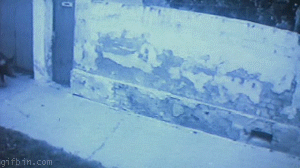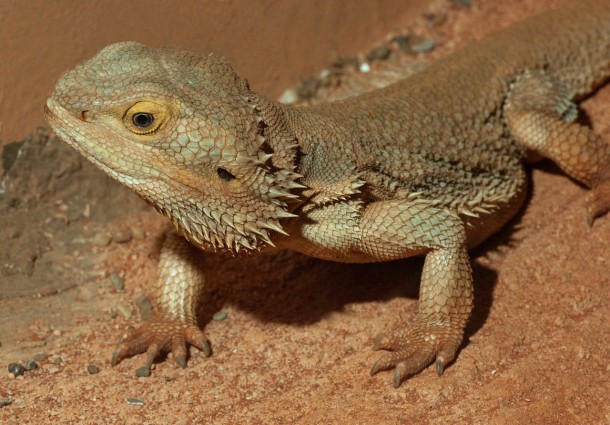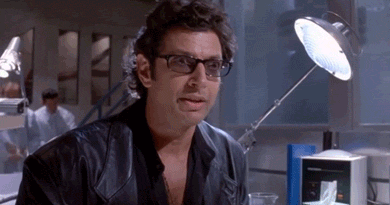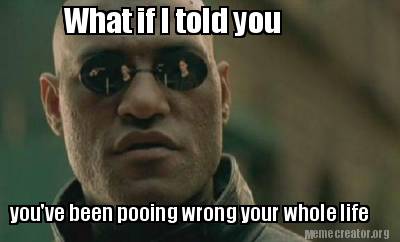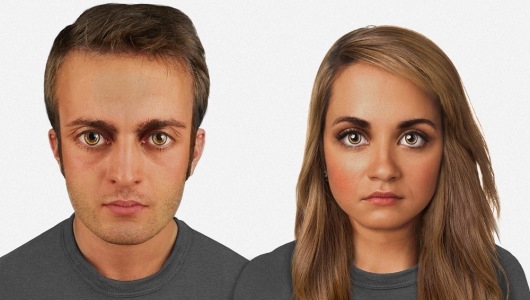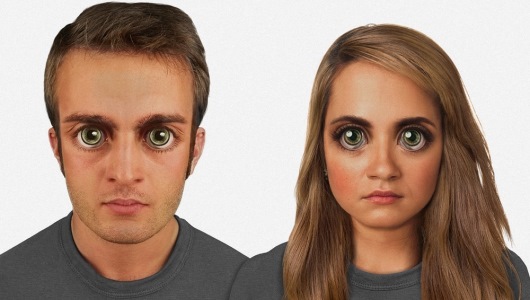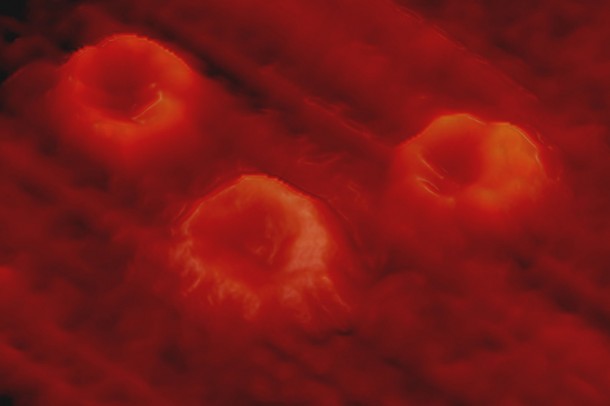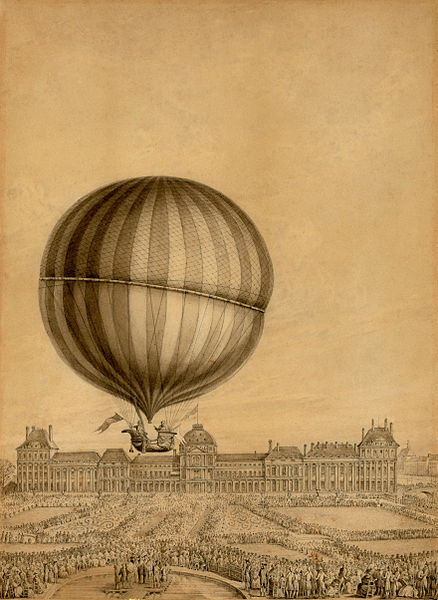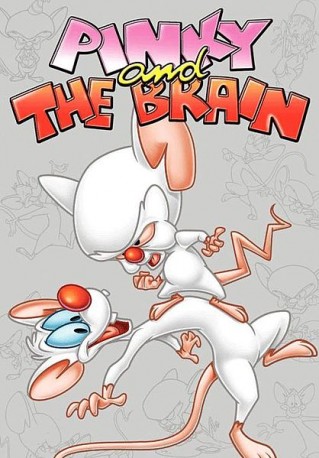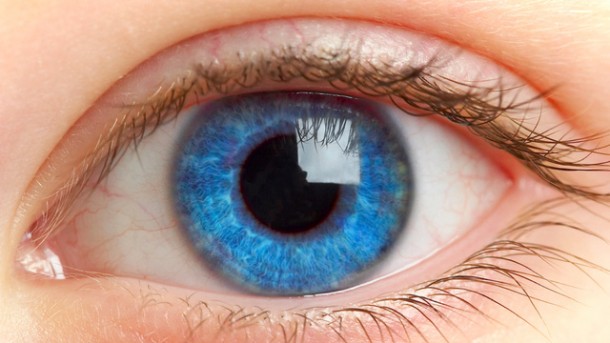
People often say their partner’s eyes are the part of them that they’re most attracted to. Well make sure you get a proper look at them, because a new study has suggested that eyes are more than the gateway to someone’s soul.
According to scientists at the University of Vermont, there is a clear correlation between someone’s eye colour and their propensity to become an alcoholic. And to summarise the three years of hard genetic research they’ve completed, what the boffins found is that people with blue eyes are more likely to enjoy a tipple or two… or three… or 10.D
awei Li, the university’s assistant professor of microbiology and molecular genetics led the study along with Arvis Sulovari, a doctoral student in cellular, molecular and biological sciences.
The research began back in 2012, when Li attempted to create a data base of 10,000 Americans of mixed descent who had all been diagnosed with at least one psychiatric illness or an addiction like alcohol dependency. As the study progressed Li whittled the sample size down to the 1,263 people who had struggled with alcohol addiction.
It was at this stage that Li made the discovery that there was a link between eye colour and an addiction to booze. However, Li states that his team still don’t know why people with blue eyes are more likely to be alcoholics, with him and the team now preparing to do further research into why this might be the case.
Meanwhile, for those with blue eyes, it’s probably best to keep a lid on that drinking habit… ah screw it, being drunk is fun!
